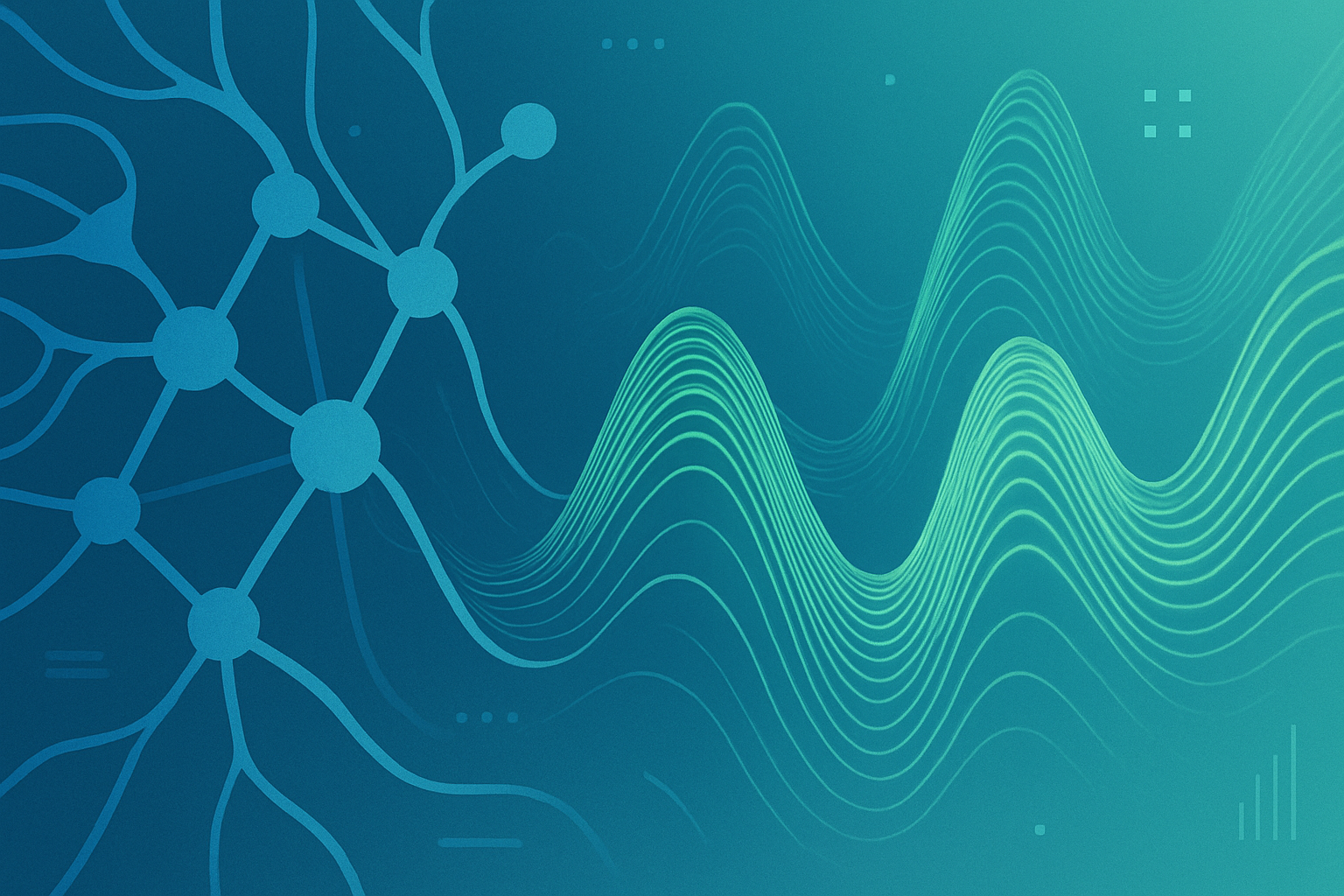
AI CERTs
2 months ago
Nokia’s 6G Receiver Redefines AI Telecommunications
Nokia Bell Labs has unveiled a machine-learning receiver that could reshape AI telecommunications. The proof-of-concept compensates distortion in higher 6G frequencies. Consequently, the team recorded uplink coverage gains of 10–25%. Moreover, the partners will demo the design at the Brooklyn 6G Summit. Industry analysts already link the advance to broader next-gen 6G ambitions. Meanwhile, vendors eye fresh revenue from AI connectivity and smart signal systems that demand fewer sites yet deliver higher throughput.
Tackling 6G Coverage Challenge
Higher 6G bands promise vast capacity. However, range fades fast and signals distort easily. In contrast, Nokia’s learned receiver applies neural inference to reverse complex channel effects. Therefore, the researchers reported 10–25% uplink distance improvements in laboratory trials. Rohde & Schwarz supplied SMW200A generators plus FSWX analyzers to validate results.

- 10–25% uplink range gain versus current receivers
- Throughput increases noted, exact figures undisclosed
- Energy efficiency improvements indicated by early power models
These metrics underscore immediate benefits. Nevertheless, real-world trials must confirm resilience outside controlled labs.
The gains illustrate practical paths for next-gen 6G. Consequently, stakeholders shift attention to hardware integration.
Inside AI Receiver Design
The prototype marries a learned waveform transmitter with a deep-learning receiver. Additionally, the architecture adapts waveforms to environmental shifts in milliseconds. Sub-THz propagation issues, including phase noise and non-linearities, are mitigated in software. Consequently, developers can update the model without costly hardware swaps. Meanwhile, the approach aligns with the growing AI-RAN vision that embeds GPUs at edge sites.
Peter Vetter of Bell Labs stated that improved coverage will let operators deploy 6G over existing 5G footprints. Moreover, the design dovetails with NVIDIA’s $1 billion investment in Nokia, which funds joint AI-RAN research. This partnership targets an estimated $200 billion market for intelligent radios by 2030.
The design reveals how smart signal systems can evolve through software. However, compute budgets and model transparency remain open issues.
Adaptive processing boosts flexibility today. Furthermore, software updates will refine performance tomorrow.
AI Telecommunications Momentum Accelerates
Industry momentum around AI telecommunications intensified in 2025. NVIDIA and Nokia announced an AI-native platform targeting commercial release before formal 6G standards freeze. Additionally, T-Mobile U.S. agreed to test the stack in live networks. Dell Technologies will supply PowerEdge servers for edge inference. Consequently, an ecosystem spanning radio, silicon, and cloud is coalescing.
Trade media framed Nokia’s receiver as a crucial puzzle piece. Moreover, Mobile World Live highlighted its role in enabling next-gen 6G without massive densification. Independent analysts also praised the proof, yet they warned that standards integration remains essential.
Momentum signals strong demand for AI connectivity. Nevertheless, interoperability and security must mature in parallel.
Supportive partnerships validate technical promise. However, official specification work still dictates ultimate timelines.
Balancing Operator Cost Pressures
Operators face a complex cost equation. Uplink gains can cut site counts. However, additional edge compute adds capital and energy expense. Therefore, executives must evaluate total cost of ownership carefully.
Key economic considerations include:
- Compute hardware for inference at every baseband location
- Potential reduction in tower density for high bands
- Energy savings from smarter scheduling and power control
- Licensing fees tied to proprietary AI models
Field trials with T-Mobile aim to quantify these factors. Additionally, Nokia hints at SaaS licensing, reducing upfront risk. Consequently, flexible financing may accelerate adoption.
Cost trade-offs will decide rollout velocity. Meanwhile, ongoing pilots will reveal real margins.
Navigating Risks And Unknowns
Despite optimism, several uncertainties persist. Firstly, machine-learning models can drift when environments change. Secondly, adversarial interference poses security threats. Furthermore, compute budgets vary across markets, complicating global scale.
Standard bodies must define reference datasets and test plans. Moreover, regulators still debate high-band spectrum allocation. Independent researchers also demand transparency around model explainability and fail-safe modes.
These risks could slow next-gen 6G if unresolved. Nevertheless, early collaboration among vendors, academia, and policy makers appears strong.
Challenges remain significant today. Consequently, proactive governance will steer safe progress tomorrow.
Mapping Strategic Next Steps
Nokia plans extended demonstrations during the Brooklyn 6G Summit. Subsequently, the firm will release a white paper detailing test methodologies. Rohde & Schwarz intends to publish measurement guidelines for AI receivers. Meanwhile, 3GPP working groups will review AI air-interface proposals in Release 21 workshops.
Operators should monitor pilot outcomes and prepare edge infrastructures. Additionally, procurement teams must evaluate vendor lock-in risks linked to proprietary frameworks. Independent labs can contribute by stress-testing models under diverse channel conditions.
These coordinated steps could convert lab success into commercial reality. However, misaligned timelines might dilute momentum.
Alignment across research, standards, and deployment is vital. Moreover, transparent benchmarks will sustain confidence.
Exploring Certification Pathways Forward
Workforce skills must evolve with the technology. Professionals can validate expertise through the AI+ Network™ certification. The program covers edge inference design, radio optimization, and security hardening.
Additionally, vendors may soon require proof of competence in AI connectivity pipelines. Therefore, early certification can boost career prospects and project credibility.
Certification offers structured learning today. Consequently, teams gain readiness for tomorrow’s smart signal systems.
Conclusion
Nokia’s AI-powered receiver demonstrates measurable range gains, reduced densification needs, and alignment with broader AI telecommunications trends. Furthermore, ecosystem partnerships with NVIDIA and Rohde & Schwarz reinforce commercial viability. Nevertheless, computing costs, security concerns, and standardization hurdles remain.
Continued trials, transparent benchmarks, and strong governance will determine market impact. Meanwhile, professionals should upskill through programs like the AI+ Network™ certification to stay ahead. Engage now and lead the transformation toward intelligent, resilient 6G networks.



